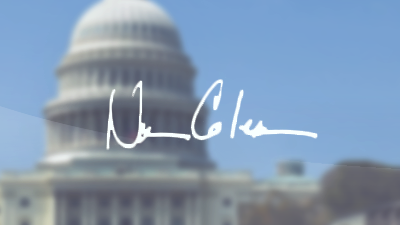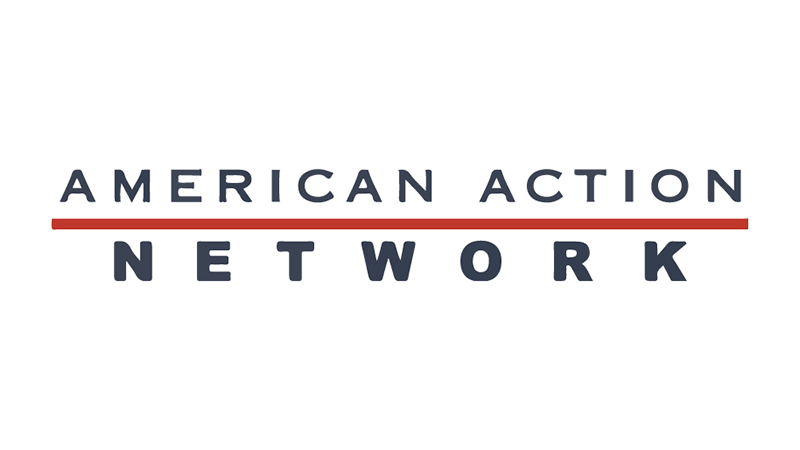Notes from Norm: American Innovation in Government
In 1999, as Mayor of St. Paul, Minnesota, I proposed a policy initiative that would have had some City services be put out for competitive bid.
This initiative, which came to be known as “Compete St. Paul”, was an effort to see if taxpayers could get more efficient, cost effective services if certain services were offered to the private sector for performance.
To be clear, it wasn’t to automatically conclude that the private sector was a better choice for providing the service. In fact, public employees inside of government providing those services would have been given the same opportunity to present a bid as their private sector counterparts.
As one might expect the public employee unions in St. Paul revolted immediately.
Spurred on by a 1998 report that concluded St. Paul had certain services that might be better performed by the private sector I concluded that we should at least wade into the water to determine if the conclusions would be valid.
It is important to note that my initiative did not envision the City privatizing its police force, fire department or other essential life-safety services. Given my belief that the first and most important role of government is to protect its citizens I felt then, as I do know, that it would have been a clear capitulation of governments duty and obligation to contemplate privatizing those services.
However, a fair question then, and now, is whether the City of St. Paul, or any other government jurisdiction, should be competing with the private sector on services like tree trimming, or street paving or a variety of other similar type of activities.
I still believe the answer is a resounding, “Not if the private sector can perform the service better and more cost effectively.”
President Trump’s creation of the White House Office of American Innovation, led by Jared Kushner should consider the same approach as he opens up a dialogue about how to reinvigorate a moribund federal government.
According to the Bureau of Labor Statistics the size of the federal government workforce is around 2.8 million employees.
Putting aside the question and debate about whether there are too many, not enough, or just the right amount of federal government employees there is no question that the federal government workforce is a big and unwieldly entity.
Any workforce that size is going to find itself, particularly in an institution whose boss may be different every four years, trying to determine its focus and direction on a sustainable basis.
It is also a safe bet that in a workforce that large there is likely to be any number of jobs and functions that may not be as necessary today as they may have been in past years.
In outlining the mission of the Office of American Innovation (OAI) President Trump stated in his Presidential Memorandum:
“The OAI will make recommendations to the President on policies and plans that improve Government operations and services, improve the quality of life for Americans now and in the future, and spur job creation.
The OAI shall launch initiatives with a focus on innovation, coordinate implementation of any resulting plans, and create reports for the President setting forth policy recommendations. In carrying out these activities and producing these reports, the OAI shall gather information, ideas, and experiences from other parts of Government, from the private sector, and from other thought leaders and experts outside of the Federal Government.”
It will be a unique and necessary challenge for Kushner to reach out to the private sector to seek their input about how innovation and modernization can be brought to the forefront of government.
The only institution in American life that finds itself free from the need to change its operating philosophy still remains government.
At every level of American life.
I am not anti-government, in the least. On the contrary. I believe that government performs a necessary and critical role in our life.
Yet, those who believe this also have an obligation to be proactive when it comes to making government more relevant in the lives of the American people in this day and age. We need to be open to change and innovation in order to keep government a productive partner in American life.
The President’s Office of American Innovation is the right approach to doing just that.
We live in an era in which certain functions of government no longer should be considered sacrosanct.
Much as we envisioned with Compete St. Paul it would be my hope that the Office of American Innovation explores how we can empower public employees to compete in a fair and transparent environment.
One that honestly recognizes their skills and value proposition in the same way we would a competing private sector entity.
Competition in the private sector spurs innovation. We should demand the same type of competition in the public sector.
In St. Paul there was a great interest in selling off the City’s asphalt plant at one time during my tenure.
However, my Public Works Director came to me and showed me, that despite the upfront revenue benefit to the City from the sale of the facility, there was a longer-term cost to the City that was not considered into the equation.
Various private sector companies that could produce asphalt didn’t fire up their facilities until much later in the spring. For St. Paul, a cold-weather city, the impact of weather conditions on our roads meant each spring we would be the Land of 10,000 Potholes.
It was essential to the comfort and safety of our citizens and our business community that we have the capability and materials necessary to repair those potholes as quickly as possible.
Because of this we weighed the overall cost-benefit of the sale of the facility and concluded that the longer term benefit to the taxpayers weighed heavily in favor of not selling the asphalt plant.
There should be not foregone conclusions by Kushner and those who will lead and contribute to the study and findings of the Office of American Innovation that the public sector is the least qualified to perform certain services.
Nor should there be by the special interest groups representing the millions of public employees at the federal level, or for that matter the local and state level, that everything should be off-limits for consideration.
There are millions of reasons why we shouldn’t do anything to reform, modernize and make government more efficient and cost-effective.
But there are billions more reasons why we should.
If the public sector can effectively compete in a fair and open process by providing services more cost effectively and efficiently, they should be given the opportunity to make that case.
However, if the private sector is capable of doing so, in the same fair and open process, they should be given the opportunity to make that case.
The true winners, in the end, are the taxpayers.


